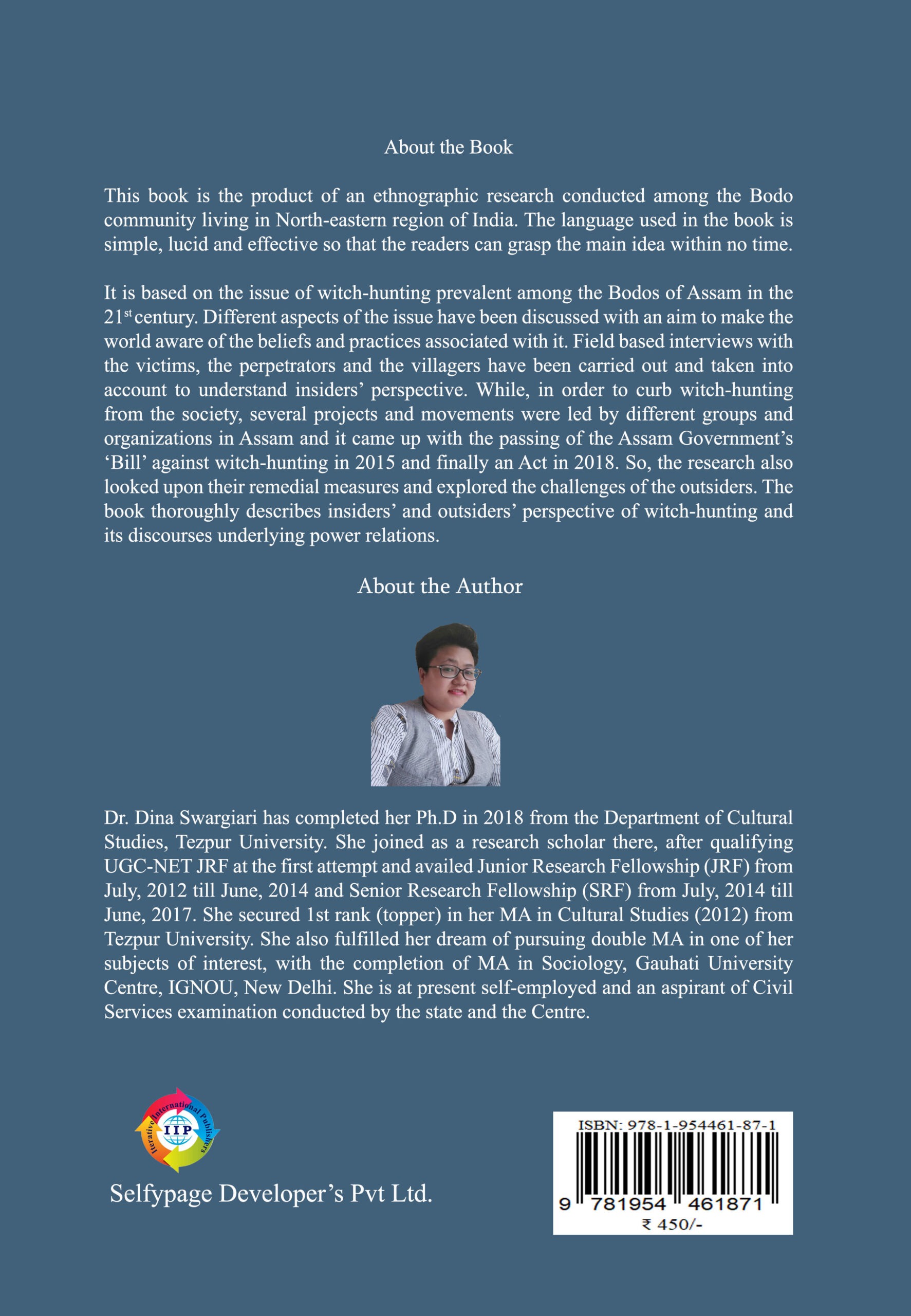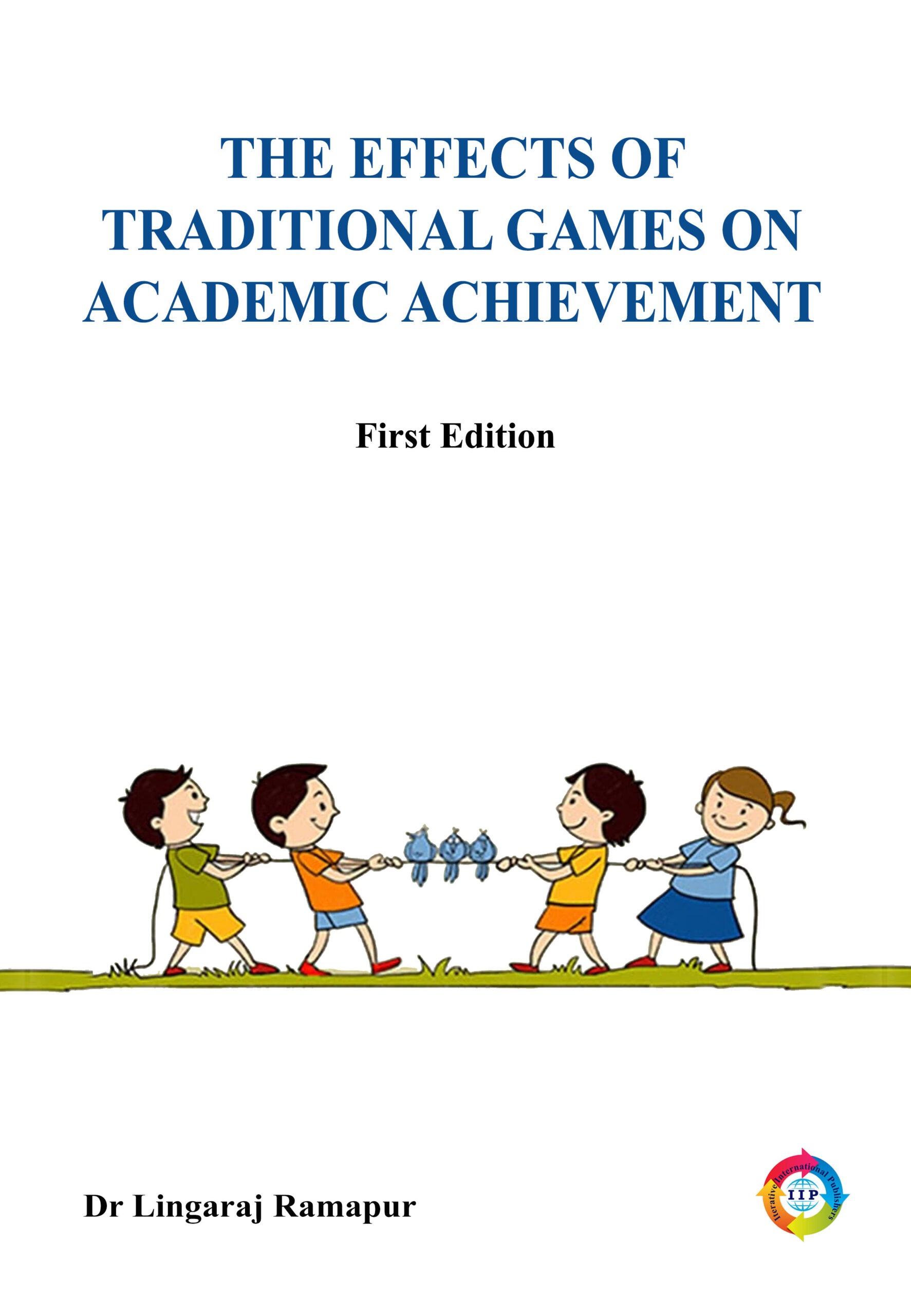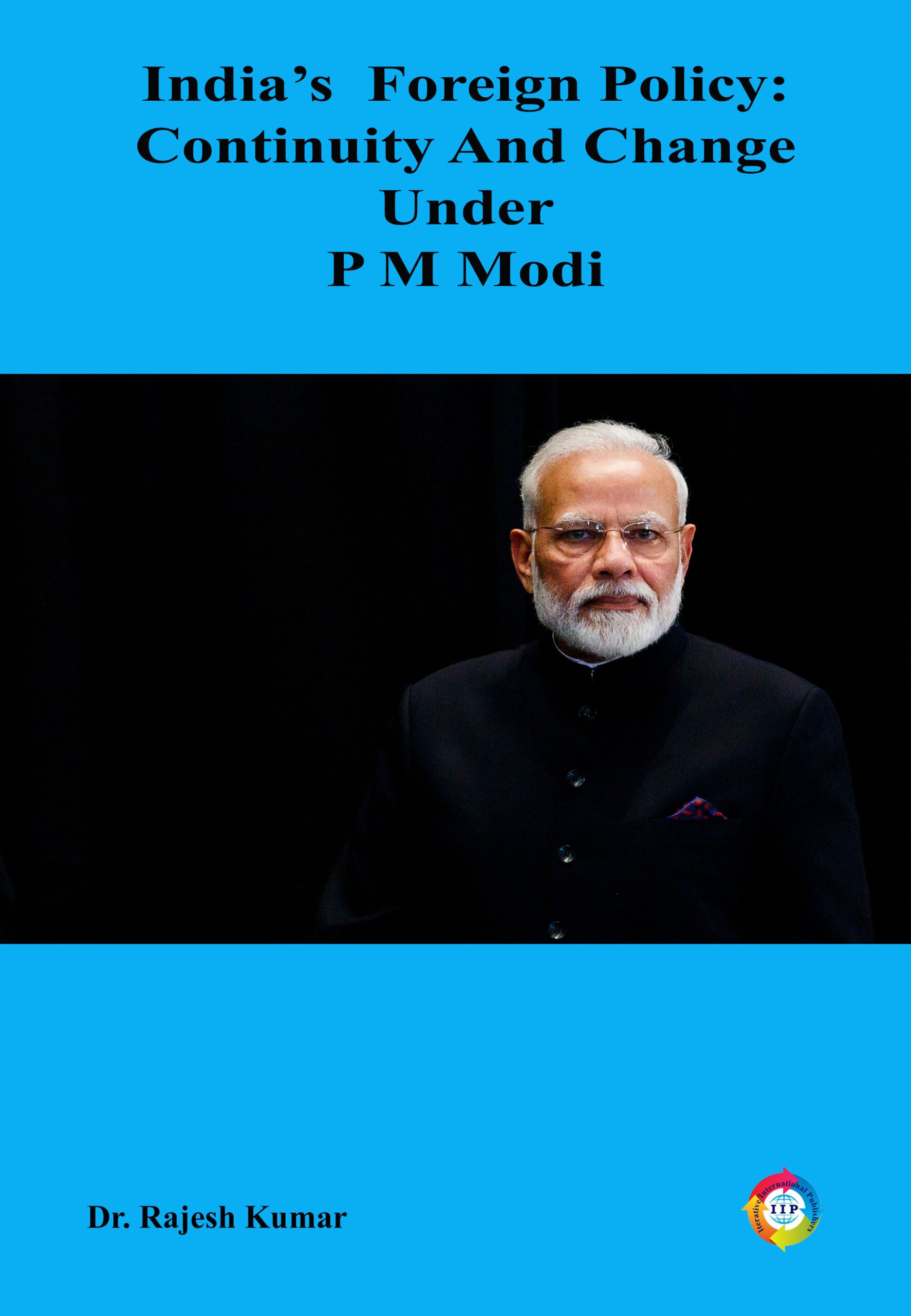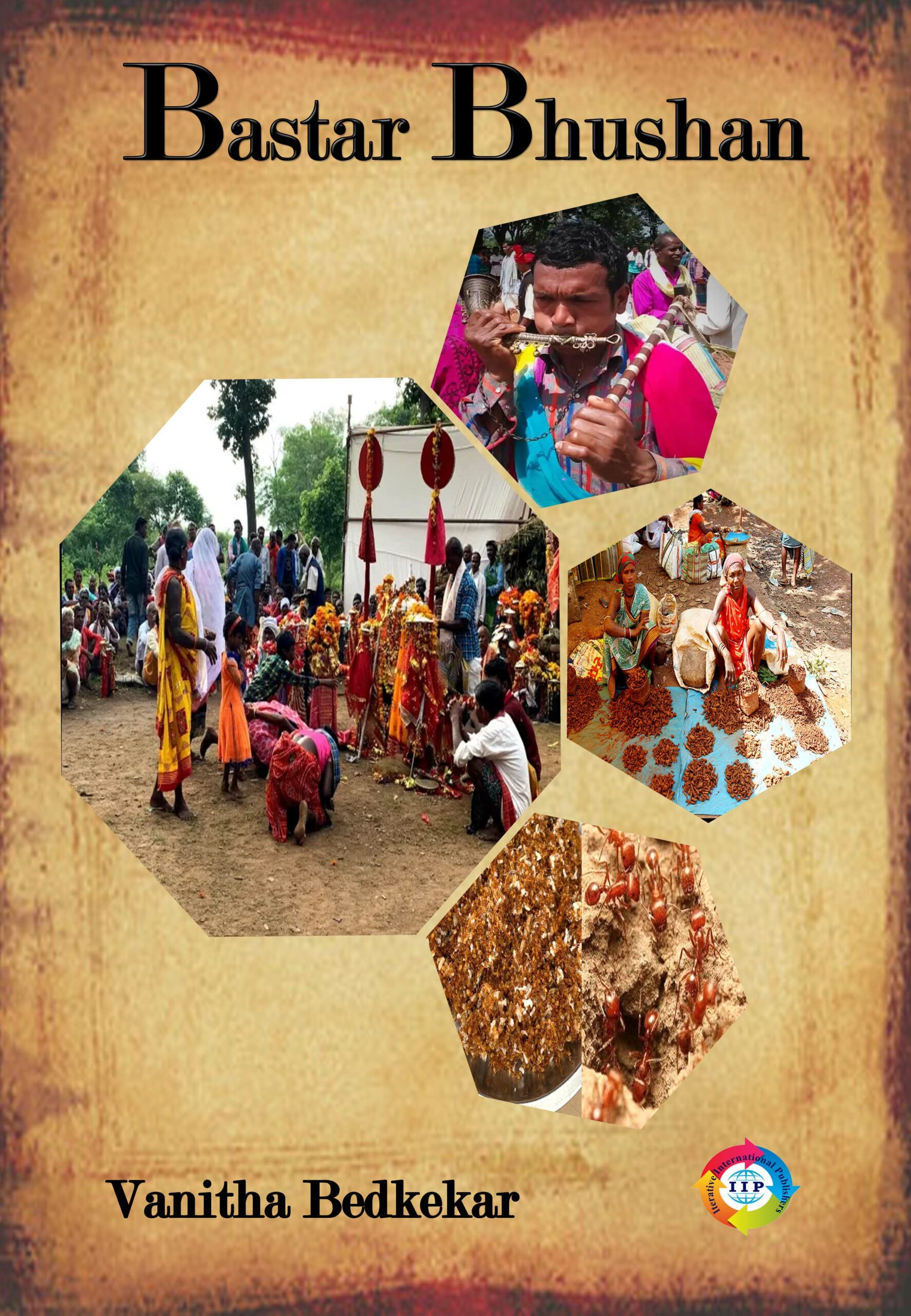I am pleased to place before the readers an original version of my Ph.D research on “Witch-hunting among the Bodos of Assam” done from the School of Humanities and Social Sciences, Tezpur University, India. The research applies an ethnographic approach of study that consists of fieldwork conducted from 2012 to 2017 in three selective districts of the state of Assam.
We, as human beings should not be ignorant of the fact that witch-hunting is still prevalent in the 21st century, among different cultures and societies of the world. It involves the accusation of witchcraft and killing or banishment of the witch. But the belief in witchcraft and the practice of witch-hunting differs on contextual basis. It is observed that the people living in rural areas are the most experienced ones as it exists among them. In India, the recent media reports that the highest number of witch-hunting cases that have been recorded by the police stations of Assam is found to be from the Bodo community. But studies on witch-hunting have remained hitherto less researched areas of study in the state of Assam. Although there are some studies done on the topic, none of them focus on the incidents prevalent among the Bodo community. Therefore, the research is focused on the issue of witch-hunting among the Bodos of Assam and fill up the gap of existing literature.
Different aspects of the issue have been studied and discussed with an aim to make the world aware of the beliefs and practices associated with witch-hunting. Interviews have been carried out with the victims, the perpetrators and the villagers and are taken into account to understand insiders’ perspective. However, it is seen that in order to curb witch-hunting from the society, several projects and movements were led by different groups and organizations in Assam. It came up with the passing of the Assam Government’s ‘Bill’ against witch-hunting in 2015 and finally an Act in 2018. So, this research also looked upon what were and why have the remedial measures been taken. It focused on exploring the challenges and awareness of the outsiders and understands the difference between outsiders’ and insiders’ perspective of witch-hunting. Based on the two different perspectives, the study analyses their discourses underlying power relations as described in the book by placing forward the “Standpoint model”, “Discursive formation” and “Top-down model” of witch-hunting. Efforts have been made to contribute partly in formulating policies related to anti-witch hunts law and create awareness in every region of India.
The fieldwork of the study is limited to the responses of the members of Bodo community residing in three different districts of Assam, particularly Kokrajhar, Udalguri and Chirang. Based on the contextual analysis of the field data, the book might be unique to many writers, readers and academicians, although the ideas discussed seems similar. Future researchers unquestionably will identify and rectify shortcomings in this work. So, I look forward to making of their studies more illuminating and suggestions for further improvement of the book are welcomed.









Reviews
There are no reviews yet.